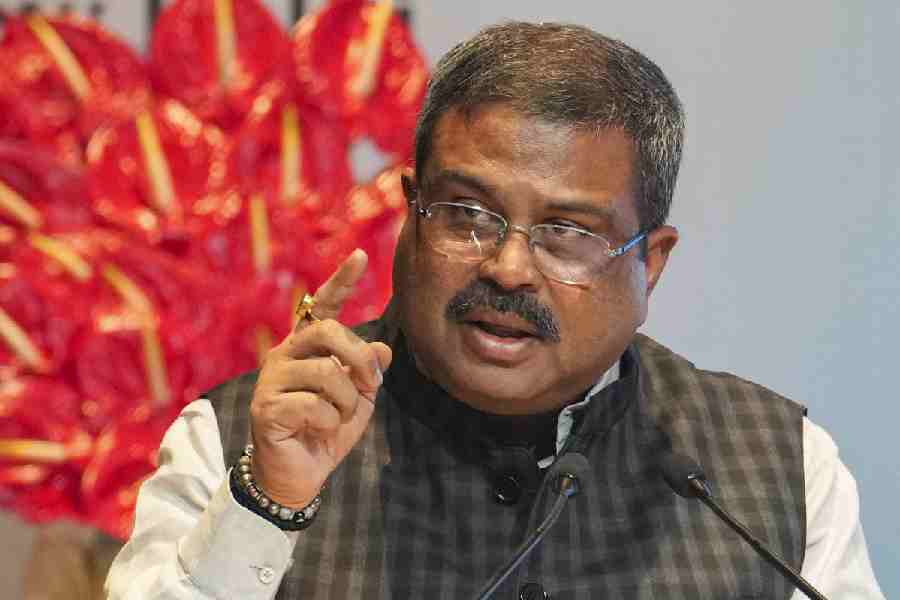 |
| Ajit Mukherjee (Picture by Shambhu Hazra) |
Aesthetic improvisation is the dominant character of Indian classical music. A raga is created each time, not memorised and reproduced. Also, it does not strive for beauty alone. It is the voice of the soul that finds expression through the language of the heart. This, therefore, is an art in which the emphasis lies on sublimity.
Yet, like any other classical art form, music too is governed by some fundamental principles such as central theme, harmony, balance, depth and development. The intellectual prowess of a musician helps to further the musical intuition he is born with.
In the sublime environ of Sree Satyananda Devayatan, a musical haven of repute, the mood was created by the inspired tributes paid to Swami Abhedananda on his birth anniversary by Swami Hirananda. With the knowledge of the fact that both Satyananda and his spiritual guru Abhedananda, were musicians of high order, one expected an equally inspiring musical homage offered to them on the evening of September 15.
Violinist Ajit Kumar Mukherjee chose Bageshri, one of the most popular ragas that can touch the high reaches of emotional plane easily. Despite his beautiful choice, his limited repertoire could not fulfil even the fundamental principles. Prof. (Dr) Udit Sinha’s violin and Swapan Bhattacharya’s tabla accompaniment could not add any flicker of imagination either. The concluding dhun grafted traditional melodies upon a Raga Malika.
When Amit Chaudhuri, a celebrated author, emerged as a classical vocalist almost a dec ade back, it was a pleasant surprise because there are very few who claim to handle such diverse art forms at the professional level. He, despite his idiosyncrasies that are clearly mentioned as dosh (flaws) of a gayak (vocalist) in the treaties of mu sic, held enough promise to win approval of initiated listeners.
Chaudhuri’s recital at Raj Bhavan on September 9 demonstrated that the spark of his initial latent talent has, probably, found expressions alien to Indian classical music. The throw of voice had a strange jerky movement which hit the long held notes and broke the smooth flow in pieces. His (rather high) pitch did not help in lower or upper octaves. As such, Raga Jaijaiwanti hovered around a few notes in the middle octave. The fast taans, once his strong point, were lacklustre.










